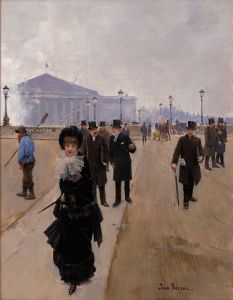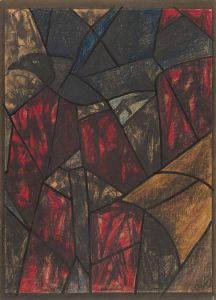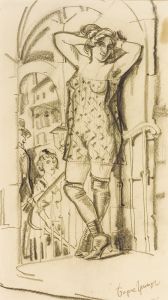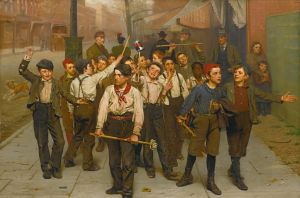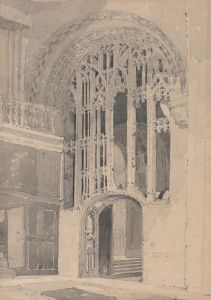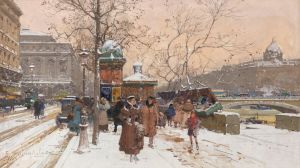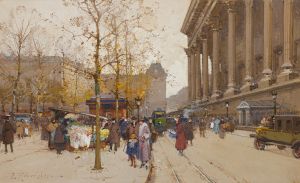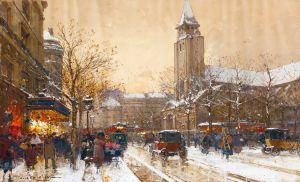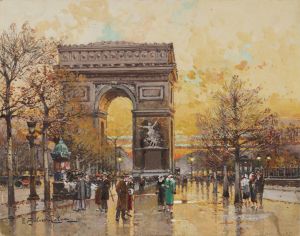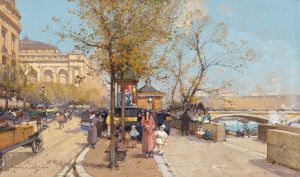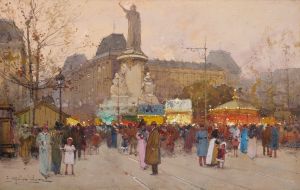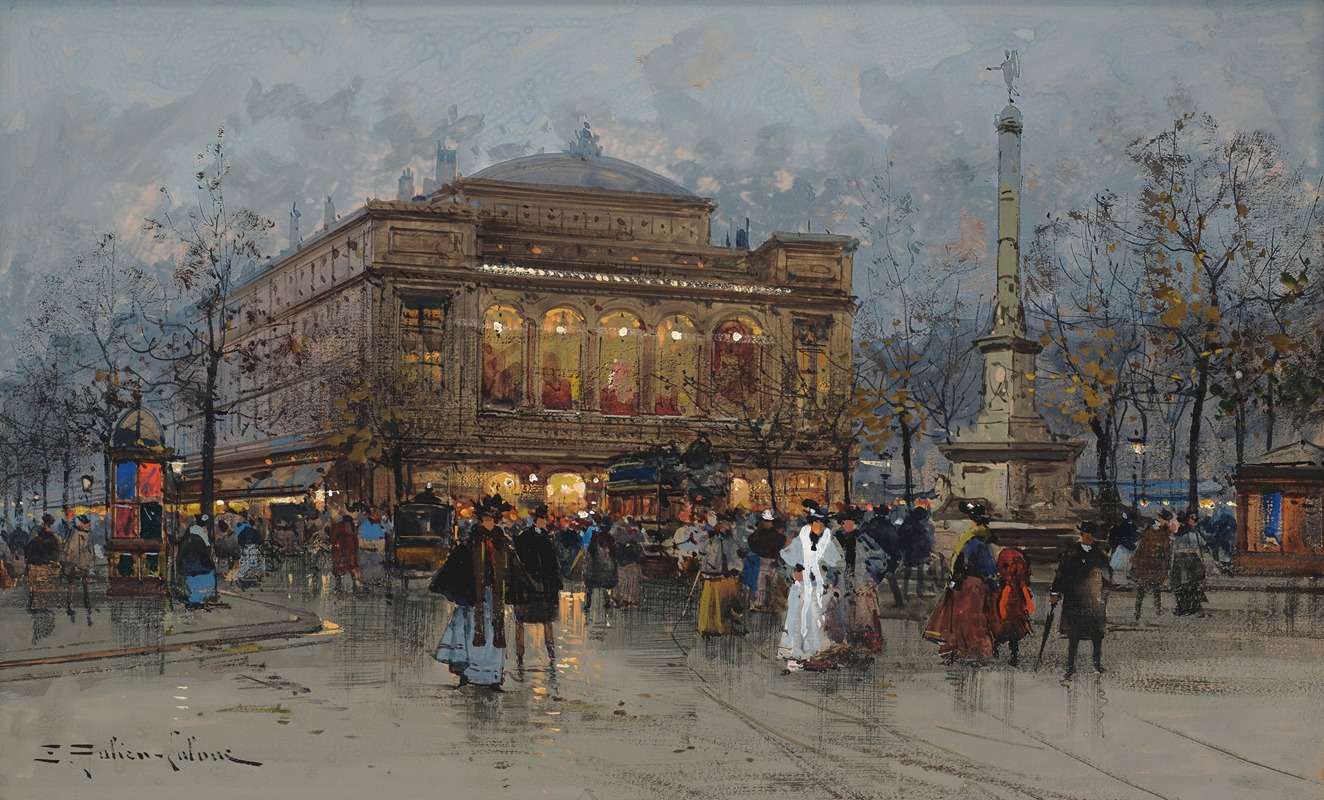
Le Théâtre du Châtelet, Paris
A hand-painted replica of Eugène Galien-Laloue’s masterpiece Le Théâtre du Châtelet, Paris, meticulously crafted by professional artists to capture the true essence of the original. Each piece is created with museum-quality canvas and rare mineral pigments, carefully painted by experienced artists with delicate brushstrokes and rich, layered colors to perfectly recreate the texture of the original artwork. Unlike machine-printed reproductions, this hand-painted version brings the painting to life, infused with the artist’s emotions and skill in every stroke. Whether for personal collection or home decoration, it instantly elevates the artistic atmosphere of any space.
Eugène Galien-Laloue was a French artist known for his picturesque depictions of Parisian street scenes, particularly during the late 19th and early 20th centuries. His works often capture the bustling life and architecture of Paris, rendered with a keen eye for detail and a soft, atmospheric touch. One of his notable works is "Le Théâtre du Châtelet, Paris," which exemplifies his skill in portraying urban landscapes.
The Théâtre du Châtelet is a historic theater located in the heart of Paris, on the right bank of the River Seine. It was designed by the architect Gabriel Davioud and opened its doors in 1862. The theater was part of Baron Haussmann's grand renovation of Paris, which aimed to modernize the city with wide boulevards and impressive public buildings. The Théâtre du Châtelet, with its grand façade and opulent interior, quickly became a prominent cultural venue in Paris, hosting a variety of performances, including operas, ballets, and concerts.
Galien-Laloue's painting captures the essence of the Théâtre du Châtelet during a time when it was a vibrant hub of cultural activity. The artwork likely depicts a scene from the late 19th or early 20th century, a period when Paris was experiencing a cultural renaissance. The painting showcases the theater's architectural grandeur, with its ornate details and the lively atmosphere of the surrounding streets. Galien-Laloue was known for his ability to convey the hustle and bustle of Parisian life, and this painting is no exception, as it likely includes figures going about their daily activities, carriages, and the play of light on the theater's façade.
Galien-Laloue's technique involved the use of gouache, a type of opaque watercolor, which allowed him to achieve a delicate balance of color and light. His works often feature a muted palette, with soft, diffused lighting that gives his scenes a dreamlike quality. This approach is evident in "Le Théâtre du Châtelet, Paris," where the interplay of light and shadow adds depth and dimension to the scene.
The artist's attention to detail and his ability to capture the spirit of Parisian life have made his works highly sought after by collectors and art enthusiasts. Galien-Laloue's paintings serve as a historical record of Paris during a transformative period, offering viewers a glimpse into the city's past. His depiction of the Théâtre du Châtelet not only highlights the architectural beauty of the building but also reflects the cultural vibrancy of Paris at the time.
Today, the Théâtre du Châtelet continues to be an important cultural landmark in Paris, hosting a wide range of performances and events. Galien-Laloue's painting remains a testament to the enduring allure of Paris and its rich artistic heritage. Through his work, Galien-Laloue has preserved a moment in time, allowing contemporary audiences to appreciate the historical and cultural significance of one of Paris's most iconic theaters.





